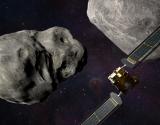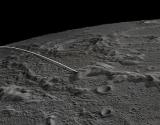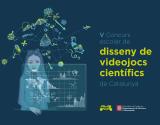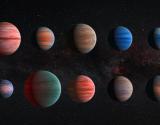On Saturday 20 November, in the Convention Hall of the Cerdà Museum in Puigcerdà, as part of the European Science Week, Dr. Toni Santana-Ros offered the conference: "Exoplanets. Planets beyond the Solar System". The event was organized by the Cerdanya Research Group.
In just over a decade, the search for exoplanets has become commonplace. We have gone from not knowing any, to knowing hundreds of them, of very different types, with very different sizes, compositions and structures.
Thanks to specialized satellites and new observational and computational techniques, we can learn a lot about these new worlds by analysing the light that reaches us from space.
Using different techniques, such as the transit effect, the Doppler effect or in very special cases, direct observation, we can learn the number of exoplanets that orbit a distant star and their basic characteristics, such as their size, atmospheric composition and density, as well as whether they can potentially contain water or if they are candidates to host life.
Dr. Toni Santana Ros, of the Institute of Cosmos Sciences of the University of Barcelona (ICCUB), spoke, in an outreach talk, about this fascinating subject. He had already participated last July in the 1st Astronomy Day in Cerdanya, with a lecture on asteroids.
Dr. Santana-Ros, leading a team from the UB and the University of Alicante, detected a second terrestrial Trojan asteroid, provisionally named 2020XL5.





